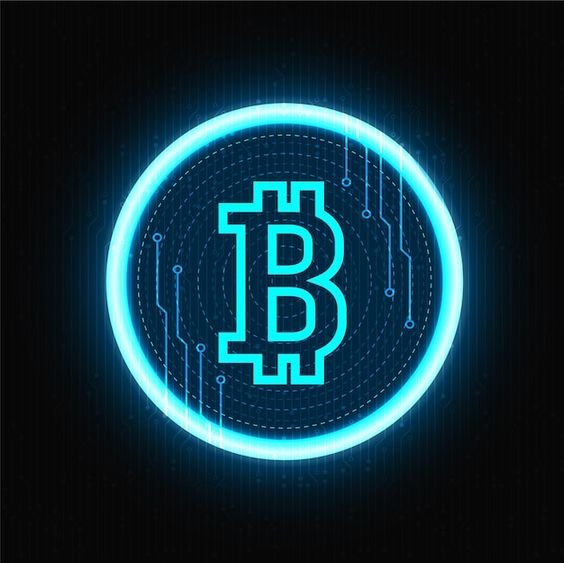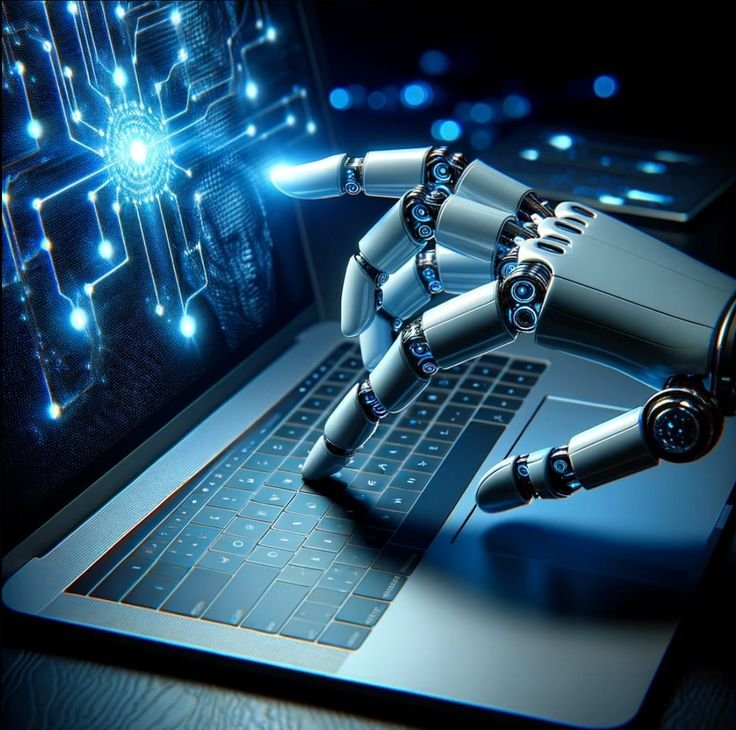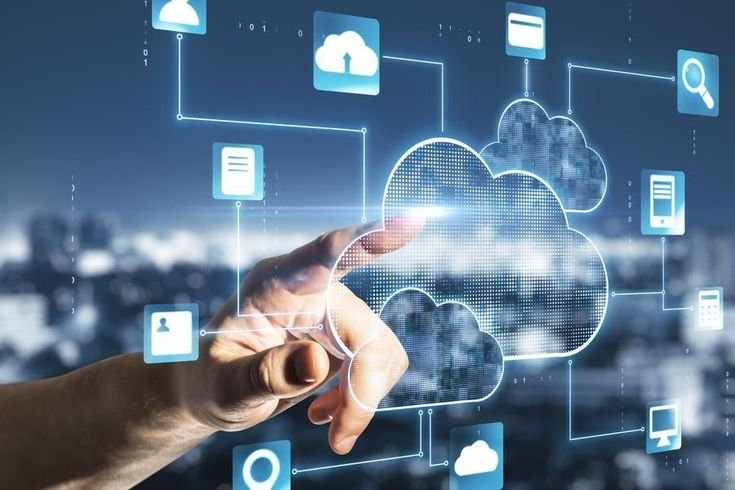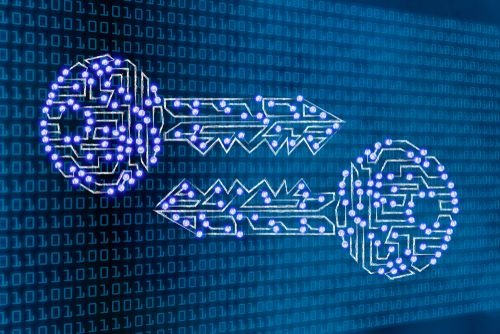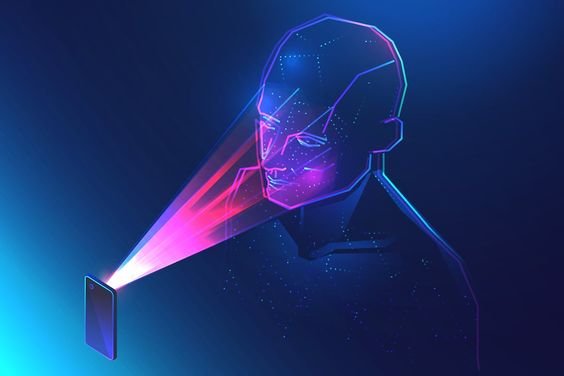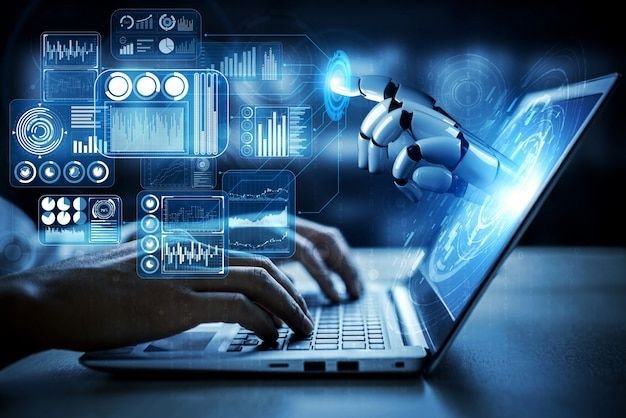
The Internet of Things (IoT) and blockchain technology are two of the most transformative innovations of recent times. IoT refers to a network of interconnected devices that communicate and exchange data over the internet. These devices range from smart home appliances to industrial machinery, all capable of collecting, sharing, and analyzing data. On the other hand, blockchain is a decentralized and distributed ledger technology that ensures secure and transparent record-keeping. The convergence of blockchain and IoT holds immense potential to revolutionize various industries by enhancing security, efficiency, and data integrity. This article explores the intersection of blockchain and IoT, highlighting the benefits, challenges, and potential applications.
Benefits of Integrating Blockchain with IoT
1. Enhanced Security: IoT devices are often vulnerable to cyberattacks due to their limited computational power and security features. Blockchain can enhance IoT security by providing a decentralized and tamper-proof ledger. Each transaction or data exchange is encrypted and linked to the previous one, making it nearly impossible for malicious actors to alter the data without being detected.
2. Data Integrity and Transparency: Blockchain ensures the integrity and transparency of data exchanged between IoT devices. Every transaction is recorded on the blockchain, providing a clear and immutable history of all interactions. This transparency is crucial for industries where trust and data accuracy are paramount, such as healthcare and supply chain management.
3. Decentralization: Traditional IoT systems often rely on centralized cloud servers to manage and store data, creating a single point of failure. Blockchain’s decentralized nature eliminates this risk by distributing data across a network of nodes. This not only enhances data availability and reliability but also reduces the risk of data breaches.
4. Automation with Smart Contracts: Blockchain enables the use of smart contracts—self-executing contracts with the terms of the agreement directly written into code. In an IoT context, smart contracts can automate processes such as device communication, data exchange, and payments. For example, a smart contract could automatically trigger a service request when a sensor detects a malfunction in a machine.
5. Cost Efficiency: By eliminating intermediaries and automating processes through smart contracts, blockchain can reduce operational costs in IoT systems. This efficiency is particularly beneficial in industries with complex supply chains, where multiple parties are involved in transactions.
Applications of Blockchain and IoT
1. Supply Chain Management: One of the most promising applications of blockchain and IoT is in supply chain management. IoT devices can track products in real-time, while blockchain provides an immutable record of the product’s journey from manufacturer to consumer. This combination enhances traceability, reduces fraud, and ensures the authenticity of products.
2. Smart Cities: Blockchain and IoT can play a crucial role in developing smart cities. IoT devices can collect data on traffic, energy consumption, waste management, and more. Blockchain can securely manage this data, enabling efficient and transparent city operations. For example, blockchain can facilitate secure and transparent energy trading between prosumers (producers and consumers) in a smart grid.
3. Healthcare: In healthcare, IoT devices can monitor patients’ vital signs and track medical equipment. Blockchain can securely store and manage patient data, ensuring privacy and data integrity. This integration can improve patient care by enabling real-time monitoring and secure sharing of medical records among healthcare providers.
4. Automotive Industry: The automotive industry can benefit from blockchain and IoT in various ways, such as vehicle tracking, maintenance, and autonomous driving. IoT sensors can monitor vehicle performance, while blockchain can store data related to vehicle history, maintenance records, and ownership. This transparency can enhance vehicle safety and facilitate efficient vehicle-to-vehicle communication.
5. Agriculture: Blockchain and IoT can revolutionize agriculture by enabling precision farming and supply chain transparency. IoT sensors can monitor soil conditions, weather, and crop health, while blockchain can track the entire lifecycle of agricultural products. This data can help farmers make informed decisions and ensure the quality and authenticity of food products.
Challenges and Considerations
While the integration of blockchain and IoT offers numerous benefits, several challenges must be addressed:
1. Scalability: Both blockchain and IoT systems face scalability issues. The high volume of data generated by IoT devices can strain blockchain networks, leading to slower transaction times and higher costs. Developing scalable solutions that can handle large data volumes and high transaction throughput is essential.
2. Data Privacy: While blockchain provides transparency, it can also raise concerns about data privacy. Sensitive data, such as personal information and proprietary business data, must be protected. Solutions like private blockchains and off-chain storage can help balance transparency with privacy.
3. Interoperability: The diverse nature of IoT devices and blockchain platforms can create interoperability challenges. Standardizing protocols and developing interoperable solutions are crucial for seamless integration and communication between different systems.
4. Security: While blockchain can enhance IoT security, it is not immune to attacks. Issues like 51% attacks, where a group of nodes gains control over the blockchain network, can compromise security. Ensuring robust security measures and addressing potential vulnerabilities are essential.
5. Regulatory and Legal Issues: The regulatory landscape for blockchain and IoT is still evolving. Compliance with data protection laws, such as GDPR, and navigating the legal complexities of smart contracts and data ownership are important considerations.
Conclusion
The intersection of blockchain and IoT presents a unique opportunity to create secure, efficient, and transparent systems across various industries. By leveraging the strengths of both technologies, businesses can enhance data integrity, streamline operations, and reduce costs. However, addressing challenges related to scalability, privacy, interoperability, security, and regulation is crucial for the successful implementation of blockchain and IoT solutions.
As the technology continues to evolve, collaboration between stakeholders, including developers, businesses, regulators, and policymakers, will be key to unlocking the full potential of blockchain and IoT. With the right solutions and frameworks, these technologies can drive innovation and transform industries, creating a more connected and secure future.


